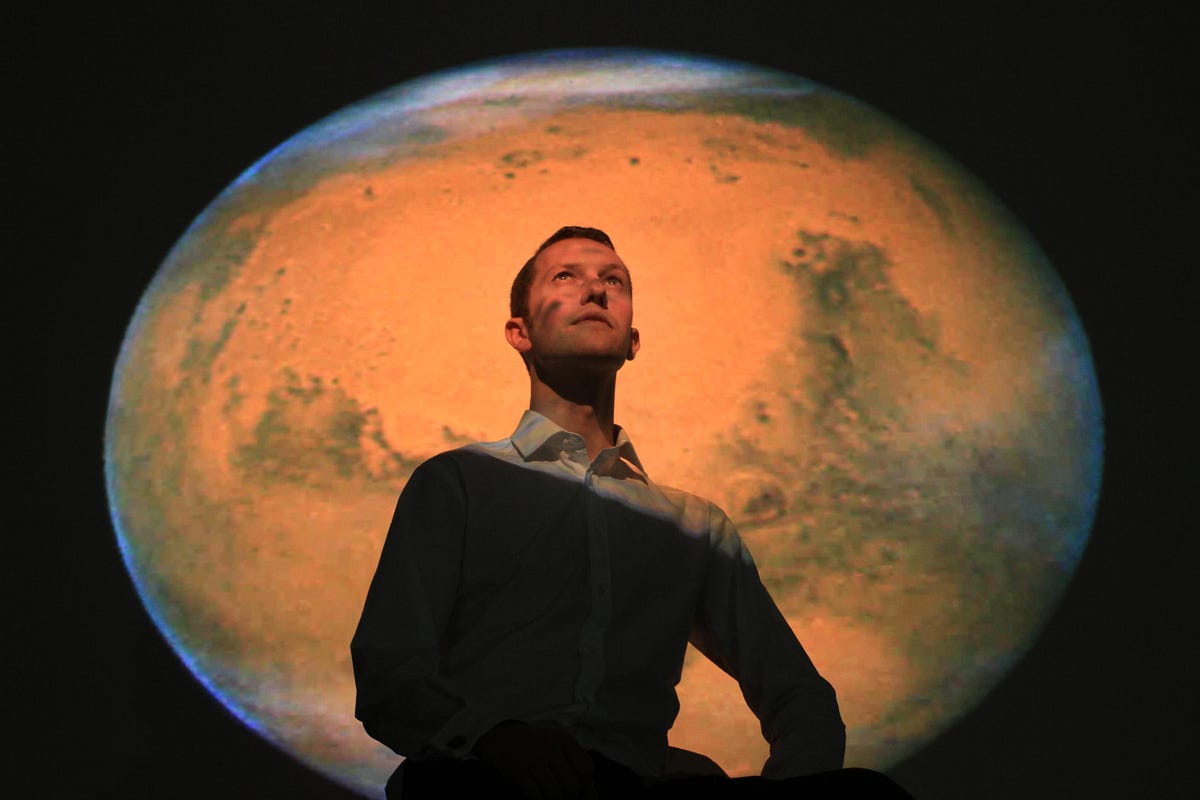Instead of asking those at the meeting to consider God as the supreme creator, he asked them to consider God as a sort of supreme helper. While he stopped short of endorsing the Big Bang theory as the definitive origin of the universe, he did say that science and scripture have a lot in common and believing one does not mean forsaking the other.
“When we read in Genesis the account of Creation, we risk imagining God as a magician, with a magic wand able to make everything,” Francis said. “But it is not so.”
How’s that again? “The Big Bang, which nowadays is posited as the origin of the world, does not contradict the divine act of creating, but rather requires it,” Francis said. “The evolution of nature does not contrast with the notion of Creation, as evolution presupposes the creation of beings that evolve.”
The Pontifical Academy of Sciences is holding a three-day workshop in Rome with Nobel Prize-winning scholars and high ranking bishops to discussEvolving Concepts of Nature in order to produce a document to better guide Catholic scientists and teachers as they reconcile science and scripture.
The notion that God is responsible for creating the humans who developed the science behind evolution is a small step into a brave new world for Catholics, who excommunicated Galileo in the 17th century for anti-Church teaching, including his notion that the earth revolves around the sun. Galileo eventually was forgiven, some 400 years later, and given a post-mortem pardon in 2008, but the Church has always remained staunch in its belief that God ultimately is responsible for the world we know today.
Traditionally the scientific theory of how the world began is an either/or concept that tends to pit religious believers against atheists with little middle ground to agree on. Francis instead encouraged scientists at the session to continue their work with the goal not to make science fit into the Church teaching, but to help humankind. “Science is able to build a world suited to His dual corporal and spiritual life,” Francis said, referring to what he called “the participation of God’s power.”
“The Big Bang, which nowadays is posited as the origin of the world, does not contradict the divine act of creating, but rather requires it.”
Both Pope Pius XII and Pope John Paul II had softened the Church’s stance on science during their pontificates. In 1996, John Paul II called the Big Bang theory “more than a hypothesis.” But in 2011, Pope Benedict XVI seemed to dial back on the acceptance of science in the creation of the universe, when he touched on the issue of evolution at a mass celebrating the Epiphany, the day the Three Wise Men are believed to have followed the Star of Bethlehem to bring gifts to the newborn baby Jesus.
Benedict stuck with the long-standing theory that only God was responsible for a grand design, with little wiggle room for interpretation. “The universe is not the result of chance, as some would want to make us believe,” Benedict said. “Contemplating it, we are invited to read something profound into it: the wisdom of the creator, the inexhaustible creativity of God.”
At the Pontifical Academy of Sciences seminar, during which Pope Francis inaugurated a bronze bust of his predecessor Benedict XVI, he instead opened the door to a slightly more intuitive interpretation.
In the Book of Genesis, God gives human beings “freedom,” said Pope Francis, “and he tells man to name everything and to go ahead through history. This makes him responsible for creation, so that he might dominate it in order to develop it until the end of time. Therefore the scientist, and above all the Christian scientist, must adopt the approach of posing questions regarding the future of humanity and of the earth, and, of being free and responsible, helping to prepare it and preserve it, to eliminate risks to the environment of both a natural and human nature.”
In 2013, Marcelo Sánchez Sorondo, head of the Pontifical Academy of Sciences, may have put the basic principle of this approach to religion and learning even more simply. He told The Daily Beast in an exclusive interview that there was plenty of middle ground for Catholics and scientists. “If we don’t accept science, we don’t accept reason,” Sánchez said. “And reason was created by God.”



![Artist's impression of Proxima b and Proxima Centauri [Photo credit: ESO/M. Kornmesser]](https://spacejibe.files.wordpress.com/2016/08/proxima_b1.jpg?w=648&h=348)
![Infographic compares the orbit of Proxima b around Proxima Centauri with the same region of the Solar System [Photo credit: ESO/M. Kornmesser/G. Coleman]](https://spacejibe.files.wordpress.com/2016/08/proxima_b_earth_like.jpg?w=648&h=441)
![The bright star is Alpha Centauri AB and Proxima Centauri is the fainter red dwarf star [Photo credit: Digitized Sky Survey 2, Acknowledgement: Davide De Martin/Mahdi Zamani]](https://spacejibe.files.wordpress.com/2016/08/alpha_centauri.jpg?w=500&h=507)



 By Elmo Keep
By Elmo Keep









